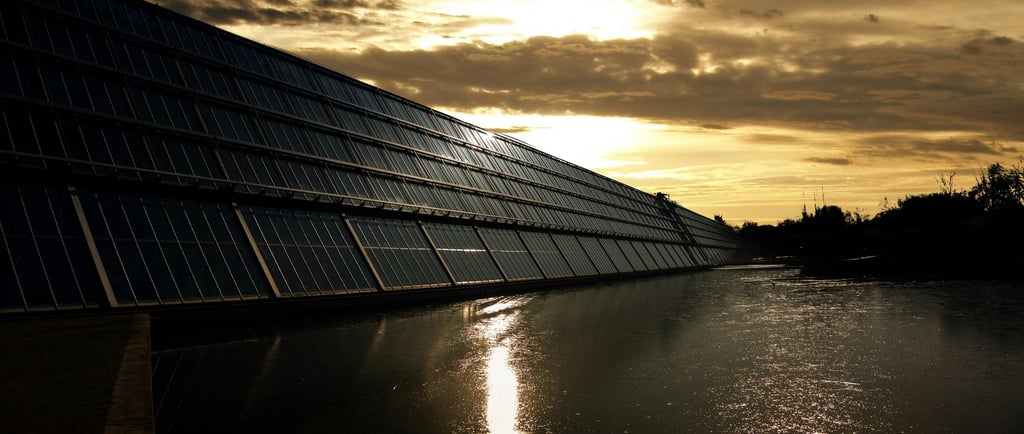Saudi Arabia’s Bold Renewable Leap: What Construction & Infrastructure Must Know
Saudi Arabia’s recent unveiling of a $8.3 billion deal—funding five solar and two wind farms across Riyadh, Mecca, Medina, and Aseer—marks a transformative milestone for the region’s energy landscape. Spearheaded by local giants ACWA Power and Aramco Power, the consortium is backing the production of 15 GW of new renewable capacity by 2028.
CONSTRUCTION & INFRASTRUCTUREOIL & ENERGYMEGA PROJECTEPCPROJECT SALES MANAGEMENT
Venti Red FZ-LLC
7/20/20252 min read


1. A seismic shift in national infrastructure
Historically reliant on oil and gas for over 90% of its power, Saudi Arabia’s current solar capacity of just 4.34 GW must expand thirtyfold to reach the 130 GW goal by 2030. This renovation of energy infrastructure demands massive construction work—solar PV fields spanning thousands of acres, wind turbines on desert ridges, new grid connections, substations, energy storage, and transmission lines.
2. Mega-project execution at scale
Projects of this magnitude require integrated delivery systems. EPC firms will need end-to-end mastery: from high-voltage line installation to ground-up renewables plants. Expect routings through challenging terrains, regulatory hurdles, and complexity in logistics. This is infrastructure made for scale—and it will define future design, procurement, and site management standards across the kingdom.
3. Local capacity building
Saudi officials are banking on domestic talent. Supplier development, vocational training for installers and technicians, and construction workforce localization are in focus—mirroring Vision 2030 goals to create jobs and diversify the economy. Construction firms must invest in training programmes and local partnerships to stay competitive.
4. Competitive pricing & smart financing
The projects’ "globally lowest prices" stem from innovative financing: syndicated low-cost loans, PPA-backed certainty, and sovereign support. For infrastructure developers, this signals a new era of cost-effective, scalable project finance—but execution risks need mitigation through disciplined project delivery and risk-sharing frameworks.
5. A ripple effect across the region
Saudi’s success story could serve as a template for GCC neighbours. With regional markets keen to replicate large-scale renewables infrastructure, opportunities will arise for multi-country contractors and cross-border supply chains. Preparing now means accessing future waves of work in the region.
What this means for you
EPC firms: scale up technical capabilities in solar, wind, energy storage, and HV grid integration.
Contractors: develop robust supply chains, logistics solutions, and temp accommodations for remote sites.
Investors & fund managers: align capital structures with long-term, PPA-backed assets.
Recruiters & workforce planners: build training and recruitment pathways for green-energy technicians.
Closing Insight, Saudi Arabia’s $8.3 billion renewal drive is more than a green energy initiative—it’s a construction and infrastructure revolution. For firms that pivot now, the rewards could be substantial: a new generation of mega-projects, robust pipelines, and regional expansion opportunities. Are you ready to build the future?
Consultancy
Making New Market wins look easy
Experience
Strategy
sales@ventired.com
+971-4-281-0997
© 2025. All rights reserved.
